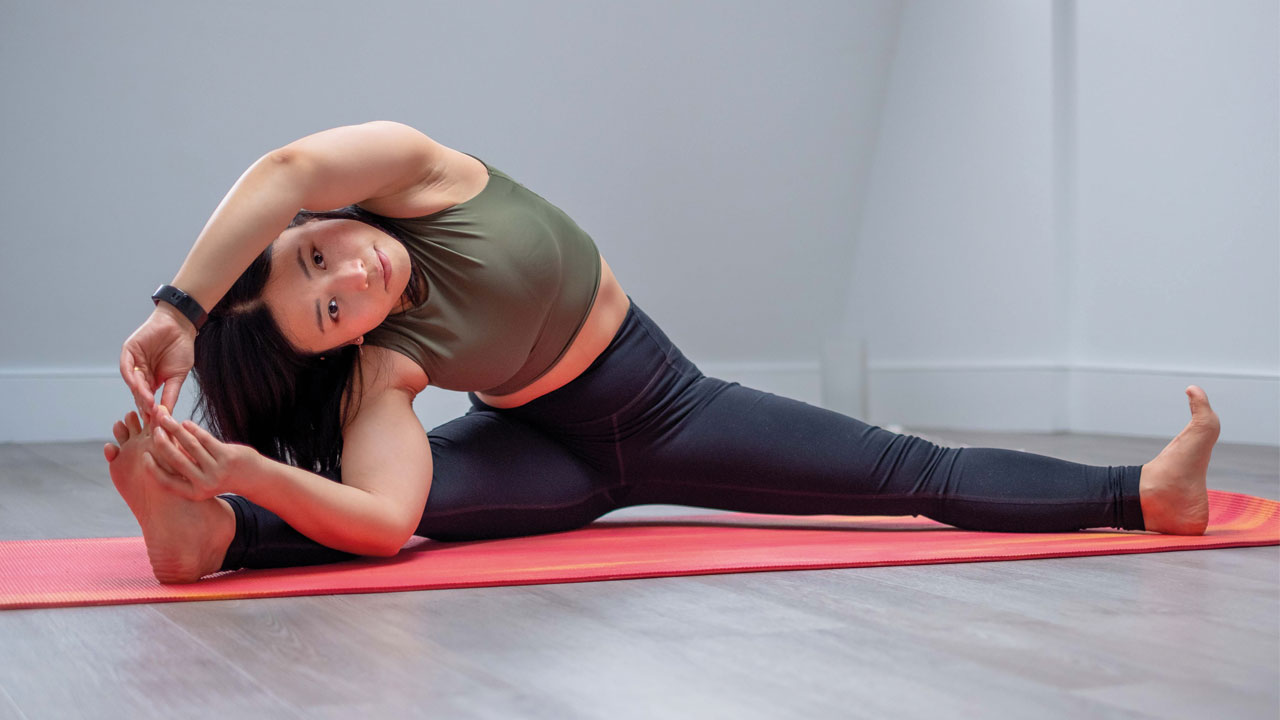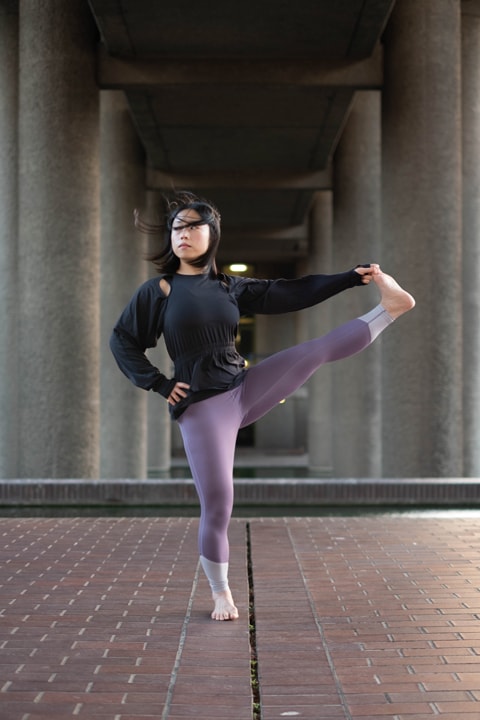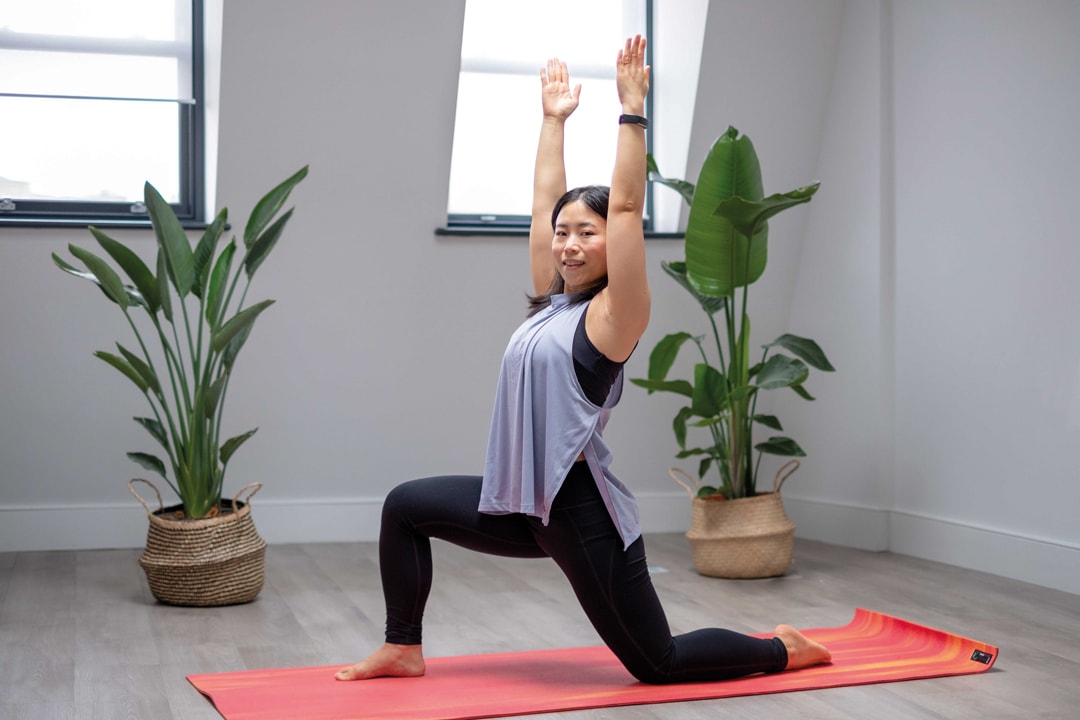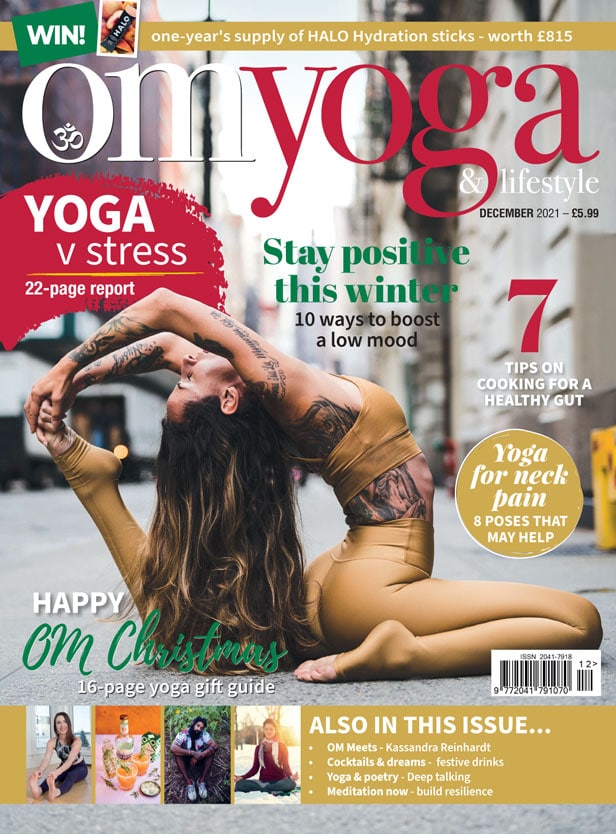
Being a Chinese yoga teacher in London
Shuntao Li grew up in China as a child but is now a yoga teacher living and working in the UK. Here, she tells OM about her yoga journey and how the ancient practice is now thriving back in the world’s most populous country
Yoga is booming in China, a country with its own rich and unique cultural and spiritual traditions. Shuntao Li, a Chinese yoga teacher now living in the UK, tells OM how these traditions have influenced and shaped her own practice.
What I find interesting in yoga with my Chinese background
I was born in China in the 80s. When I was little, there was a regular yoga show on TV, taught by a lady called Huilan Zhang. She always dressed in incredibly bright colours and wore a floral wreath, like a Hawaiian lei. The most memorable thing about her is her strong Cantonese accent and her slow, airy voice.
For many years, she was the only well-known yogi in China. For a while, I naively thought yoga was a mystical Hawaiian practice.
About 10 years later, yoga arrived in my community. One day my mum asked if I wanted to go to a yoga class with her: “They all say it’s incredible to help you feel calmer, and it’s a good stretch.”
Disappointingly, I really struggled in the class, mostly because I felt like I was about to pass out as I followed the teacher’s breathing cue obediently. “Oh wow, breathing is hard and my god I am stiff” I thought. I was rather put off by this first experience.
It wasn’t until about another 10 years later, after I’d moved to the UK, before I encountered yoga again. I noticed that every gym here had yoga classes, I had just joined a gym so decided to give it another go. The class I went to was totally different. I was amazed that at the end of every class I could feel an immediate improvement in mobility and an easing of muscle pain. I started practicing regularly since then and started to explore different styles of yoga.
Very quickly I became a yoga lover, but I was still apprehensive. I didn’t understand why yoga was so different in different places with different teachers. What is proper yoga? This had eventually led me to enrolling into a yoga teacher training, primarily to learn about yoga and then see where it will take me.
Learning about yoga is fascinating. I started to see similarities in the philosophy of yoga and Daoism: the union of individual consciousness with the universal consciousness vs being in harmony with the ‘dao’ (the rhythm of the universe). There are also similarities in ayurveda and Chinese medicine. Chinese medicine has a holistic view of health and lifestyle, and recognises different types of body constitutions which are affected by an energy imbalance. After a long journey I have found something that is very close to home.


What I bring as a Chinese yoga teacher
I grew up in a Chinese Communist family, which means theism was rejected. While I’m not ready to reject it completely, I’m still exploring, like a pupil at the foot of the spiritual mountain. I prefer the logical and philosophical thinking rather than the scared text or rituals. For this reason, I don’t really connect with chanting. I was worried that I wouldn’t be accepted into the yoga community because of this, but thankfully this is totally fine. In fact, I’ve met a lot of people just like me.
My yoga journey has led me to find my unique teaching style. My classes are straightforward and modern rather than mysterious and traditional; I would like people who are put off by chanting like me to feel comfortable in my class. The confusion I’ve come across in yoga has led me to a preference for simplicity and clarity in my instructions. I love the creative ways asanas can be weaved into a sequence in vinyasa flow, slowing down and turning awareness inwards is the best antidote I’ve found in yoga to busy and stressful city life.
In London, there are very few Chinese yoga teachers. One might think that I am bringing diversity in the yoga teacher community, but I think yoga brings everyone from different countries and cultures together. Ultimately, I hope that I can inspire people like me: people who find yoga mysterious or complex, people who think they can’t do it because they are not as slim or flexible as those beautiful yogis on Instagram, people who are intimidated by crazy yoga poses, or those who would like a non-competitive form of exercise. Yoga is really straightforward: just roll out the mat, step on it and find your breath.

Chinese yoga students
Yoga was introduced to the Chinese mainstream in the 1980s but has only been popular since the 2000s. Today, the market looks very similar to here in the UK. Yoga classes are a must-have for gyms, there are also many professional yoga studios that offer a variety of yoga styles.
Among everything, styles that claim to have weight loss benefits are the most popular. ‘Slimming yoga’ can be seen in most yoga studios; this is a type of class created with an aim to tone targeted parts of the body. Needless to say, hot yoga is all the rage because it makes you sweat.
Of course, not all Chinese yoga lovers are driven by a desire to ‘get slim’. The demand for yoga education, and various styles is on the rise. Yoga teacher training schools have mushroomed since the 2010s, and traditional styles such as Iyengar, Ashtanga and Yin are also very popular. This year, I’ve also discovered a few Chinese yoga and meditation podcasts, and I’m very excited to see yoga becoming popular in the mainstream and that the community keeps growing.
A quite remarkable trend in the Chinese yoga market is the degree of technology integration. Before the Covid-19 pandemic, some of the large, franchised yoga studios had already set up an ‘Online to Offline model’ where members can access class videos online and practice on-demand. In addition, the online community has integrated the ‘daka’ culture (the term ‘daka’ originally refers to ‘punching in’, the act of using a card to punch in and out of work). Here, students can track their attendance of the class and post it on social media. It’s not hard to imagine that yoga studios here could adopt a similar model very soon.
Find out more at: taosyogaspace.com or Instagram: @_taosyoga_


